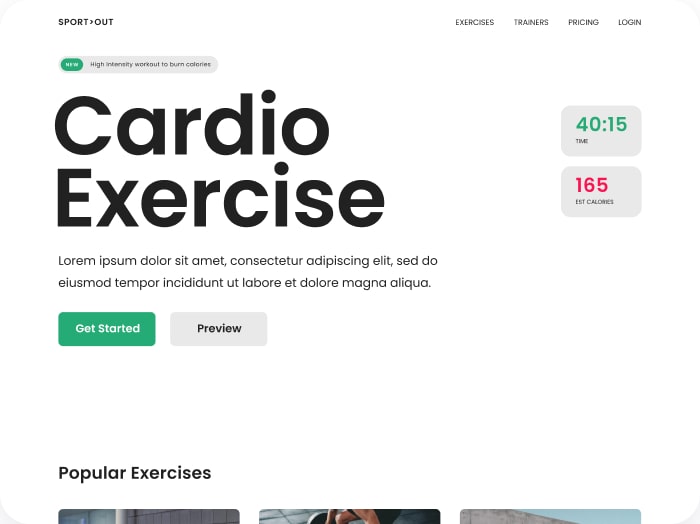Understanding the Landscape of Calorie Calculation Formulas
In the realm of nutrition and fitness, accurately determining your daily calorie needs is fundamental for achieving health goals, whether it’s weight loss, muscle gain, or maintenance. Various formulas exist to estimate caloric requirements, each with different inputs and accuracy levels. Among the most popular and widely studied are the Mifflin-St Jeor, Harris-Benedict, and the World Health Organization (WHO) calorie formula. This article delves into comparing these calorie calculation models, exploring their performance, and helping you identify the best calorie formula suitable for your needs.
Why Accurate Calorie Calculation Matters
Precision in calculating calories is more than just numbers—it’s about tailoring your nutrition to your body’s unique metabolic demands. An accurate calorie calculator provides the foundation for crafting personalized meal plans, avoiding under- or overestimations that can stall progress or cause health issues. Clinicians, dietitians, and fitness professionals rely on these formulas to guide interventions for patients and clients, underscoring the need for reliability.
The Fundamentals of Caloric Needs
At the core, your daily calorie requirements depend on your resting metabolic rate (RMR) or basal metabolic rate (BMR), which reflects the energy your body uses at rest to maintain vital functions. Beyond this, your physical activity and lifestyle factor in to calculate total daily energy expenditure (TDEE). The accuracy of your predicted RMR directly impacts how close your calorie target aligns with your real needs.
Comparing the Mifflin-St Jeor and Harris-Benedict Formulas
Among practitioners, the Mifflin-St Jeor and Harris-Benedict equations dominate calorie estimation. Both use parameters like age, weight, height, and sex but differ in their predictive precision.
- Mifflin-St Jeor Formula: Developed in 1990, it has gained recognition for its enhanced accuracy, especially in non-obese and obese populations.
- Harris-Benedict Equation: Originating in 1919, it was the first widely used formula but tends to overestimate calorie needs slightly in modern populations.
Research analyzing various predictive models found the Mifflin-St Jeor equation to be the most reliable for predicting RMR within 10% of measured values across diverse groups, outperforming Harris-Benedict and others in both accuracy and consistent error margins.
In practical terms, the difference between these two formulas can be about 5%, with Mifflin-St Jeor offering more precise estimations aligned with today’s body compositions and lifestyles. This distinction can be crucial for clinical nutrition and fitness programming where every calorie counts.
Example Calculation
For a 35-year-old female, weighing 70 kg and standing 165 cm tall, the estimated RMRs might look like this:
| Formula | RMR Estimate (kcal/day) |
|---|---|
| Mifflin-St Jeor | Approximately 1465 kcal |
| Harris-Benedict | Approximately 1530 kcal |
Such variations could impact dietary planning, highlighting why many experts recommend Mifflin-St Jeor for its closer alignment with measured metabolic rates.
The Role of the WHO Calorie Formula
The World Health Organization developed its calorie formula emphasizing global nutritional assessment, with a particular focus on diverse populations across ages and ethnicities. However, studies indicate limited validation of the WHO formula’s accuracy on an individual level, making it less suitable for personalized diet planning.
While the WHO approach helps in population-based health strategies, its generalization can lead to larger errors when applied to individuals, as opposed to the more clinically focused Mifflin-St Jeor or Harris-Benedict formulas.
Choosing the Best Calorie Formula for Your Needs
Selecting the optimal calorie calculation formula depends on your personal goals, body type, and whether you need clinical precision or a general guideline. Here’s a quick guide:
- Mifflin-St Jeor: Best for most individuals seeking an accurate estimate, particularly useful in fitness and health coaching.
- Harris-Benedict: Suitable as a starting point or in cases where historical data comparisons are necessary.
- WHO Formula: More applicable for public health or broad nutritional assessments rather than personalized plans.
For those seeking a seamless experience, the Calorie Calculator Cloud tool integrates these formulas, allowing users to compare and find the best fit for their profiles based on scientific data.
Real-World Applications and Success Stories
Professionals in clinical nutrition have reported that applying the Mifflin-St Jeor equation has enhanced the precision in prescribing calorie targets for patients recovering from illness, leading to improved recovery rates. Similarly, fitness enthusiasts using tools like MyFitnessPal or Fitbit, which often incorporate these formulas, report better progress tracking and goal achievement.
Moreover, numerous weight management programs, such as those by WW (Weight Watchers), rely on validated calorie calculators derived from these formulae to tailor diet plans that sustain motivation and results.
Maximizing Accuracy Through Technology
Modern calorie calculators, including Calorie Calculator Cloud’s subscription plans, offer personalized assessments by factoring in activity levels, body composition, and even ethnic background, improving upon the base formulas. They also allow seamless integration into mobile and web platforms for easy tracking and adjustment.
For individuals aiming for peak performance or medical nutrition therapy, pairing these calculators with devices like the Withings Body+ smart scale or metabolic analyzers can provide real-time feedback that fine-tunes calorie needs.
Summary: Precision Empowers Better Health Decisions
In sum, while no formula perfectly replaces direct metabolic measurement tools, the Mifflin-St Jeor equation currently stands as the most accurate and practical approach for the majority of users demanding precise calorie calculations. The Harris-Benedict formula remains a classic alternative, and the WHO formula serves better in epidemiological contexts.
Utilizing an advanced, scientifically-backed tool like the Calorie Calculator Cloud harnesses the benefits of these formulas, delivering actionable insights to help you achieve your health and fitness goals with confidence.
Explore your daily calorie requirements, compare formulas, and start making informed nutritional choices today.








